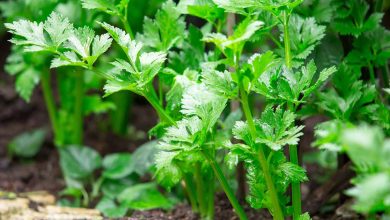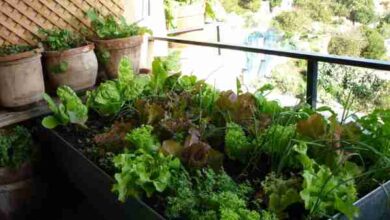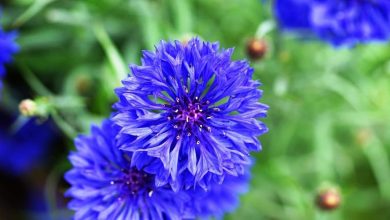Tree Cuttings: [Concept, Period, Rooting and Planting]
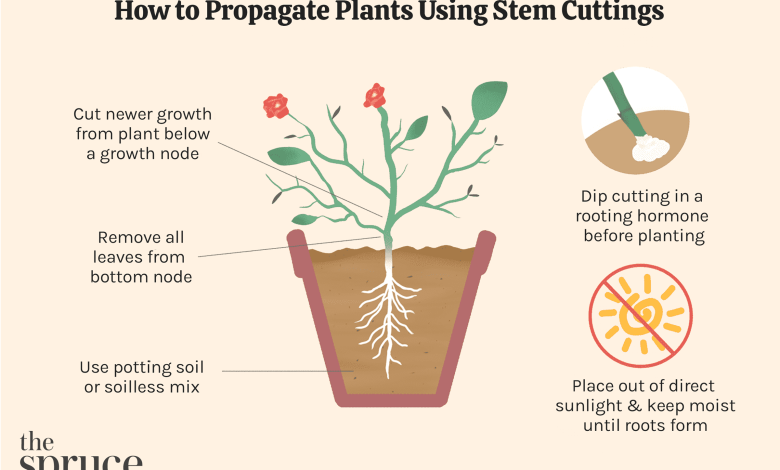
What does it mean to plant by cuttings?
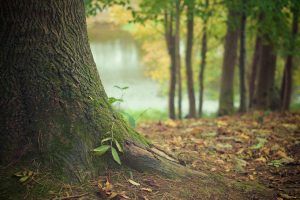 Propagation by cuttings is a form of asexual reproduction from a fragment, a leaf, a stem or root of a plant to generate a new one identical to the previous one.
Propagation by cuttings is a form of asexual reproduction from a fragment, a leaf, a stem or root of a plant to generate a new one identical to the previous one.
The technique of planting cuttings is widely used and recommended by horticulturists and is the favorite method of gardening enthusiasts because it is simple and easy to carry out.
There are cuttings with different degrees of lignification and they are divided into woody, semi-woody and herbaceous.Cuttings can be tender; juveniles; semi-ripe; of leaf buds; foliar and root.
The material to be used for the cutting must come from disease-free and well-cultivated mother plants, that is, it must be healthy and well developed.
By planting by cuttings, farmers can multiply a good number of plants from a single specimen and maintain characteristics of the original in the stems.
When it comes to shrubs, cuttings can be of two main types: woody, which are hardwood cuttings, and semi-woody cuttings, which are softwood.
What is the best time to plant tree cuttings?
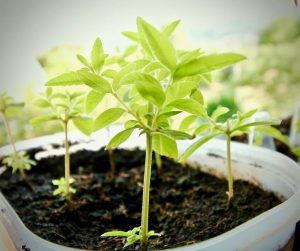 Woody tree cuttings are collected in the fall for planting in the spring.
Woody tree cuttings are collected in the fall for planting in the spring.
The best time to plant semi-hardwood tree cuttings is between mid-spring and early summer.
With modern techniques and current scientific advances, the reproduction of bush cuttings can be done at any time of the year, following favorable environmental conditions.
How to get tree cuttings to root properly?
The use of rooting hormones is not required so that tree cuttings can easily root.However, it is recommended to use auxin-type growth regulators that favor root formation, increase the number and quality, and give uniformity to the rooting process.
In the cuttings of woody trees, the use of liquid hormones is recommended instead of powdered hormones since this type of cuttings take longer to root.
The best performing synthetic chemicals to stimulate root production are indole butyric acid (IBA) and naphthalene acetic acid (NAA), because they are non-toxic over a wide range of concentrations and are effective.
How should we take tree cuttings to plant them?
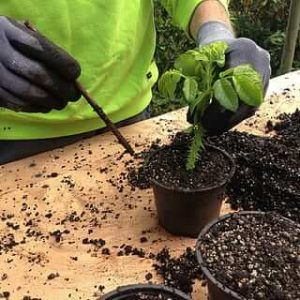 Obtaining tree cuttings is relatively simple: it is recommended to cut cuttings from branches over a year old and with an approximate thickness of 6 to 10 cm and 15 to 20 cm long.
Obtaining tree cuttings is relatively simple: it is recommended to cut cuttings from branches over a year old and with an approximate thickness of 6 to 10 cm and 15 to 20 cm long.
The base cut should be made just below the node or bud and the top cut 1.5 to 2.5 cm above another node.The base cut should be straight, and the end cut should be beveled.
Once the cutting is cut, leaves and buds should be removed, if any, to avoid excessive perspiration that could dry them out.On evergreen shrubs , it is recommended to remove the lower leaves, leaving only the 2 or 3 pairs of leaves at the tip.
Generally tree cuttings are planted in containers indoors, although it can also be done outdoors directly in the ground.Hygiene is essential when taking tree cuttings, for which the use of appropriate, clean and disinfected garden tools is recommended.
The climate is also important, in temperate climates it is possible to root cuttings of many trees directly outside, with the conditions required by the plant.
How long should we leave tree cuttings in water?
It is not recommended to leave woody or semi-woody tree cuttings in water for a long time, but to plant them after they have been cut and prepared for planting, since they can lose their nutrients.
Is it convenient to use fertilizer or compost?
For the planting of the tree cuttings, the use of a sand substrate with equal parts of peat or perlite is recommended so that it can obtain sufficient drainage.
The use of topsoil is also recommended so that the tree cuttings can develop healthy.
How long does it usually take for a tree cutting to come out?
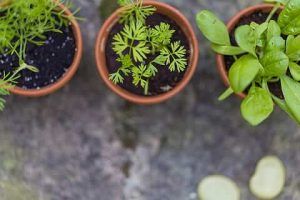 The time it takes for a tree cutting to come out will depend on the type of cutting, the age of the stem, how it was prepared, and the humidity and temperature conditions.
The time it takes for a tree cutting to come out will depend on the type of cutting, the age of the stem, how it was prepared, and the humidity and temperature conditions.
In general, woody trees can take 1 to 3 years to emerge, but once the cuttings are planted the following fall, their roots will begin to emerge.
So that the tree cuttings can germinate well, it is recommended to place them in places where the direct sun does not hit them, without strong winds and with high humidity around the environment.
Bibliography and references
- Bent Ana. (2019). Great Book of Indoor Gardening. First edition. Servilibro Editions, SA Madrid-Spain. PP 43-47.
- Manual of propagation of higher plants. Metropolitan Autonomous University. First Digital Edition 2017, Coyoacán. Mexico PDF.
digital database
- A simple trick to grow plants by cuttings. Reproduced from: https://www.youtube.com/watch?v=GfHWU_y_gX8
- Ecured.com. Cuttings. Reproduced from: https://www.ecured.cu/Esqueje
- López D, and Carazo N. The production of cuttings. Reproduced from: https://www.researchgate.net/publication/28280218_La_produccion_de_esquejes
On our page you can learn more about the reproduction by cuttings of some plants and trees:
- Rose cuttings.
- Rosal cuttings in potato.
- Olive cuttings .
- Rosemary cuttings.
- Lavender cuttings.
- Jasmine cuttings.
- Ivy cuttings .
- Geranium cuttings.
- Mandarin cuttings.
- Cypress cuttings.
- Carnation cuttings.
- Dracaena marginata cuttings.
- Carnation cuttings.
- Camellia cuttings .
- Cactus cuttings.
- Bougainvillea cuttings.
- Bamboo cuttings.
- Sweet potato cuttings.
- Boxwood cuttings.
- Artichoke cuttings .
- Begonia cuttings.
- Tree cuttings.
- Almond cuttings.
- Aloe vera cuttings.
- Oleander cuttings .
- Holly cuttings.

![Photo of Permaculture: [Concept, Principles, Origins and History]](https://www.complete-gardening.com/wp-content/uploads/2022/08/permaculture-concept-principles-origins-and-history.gif)
